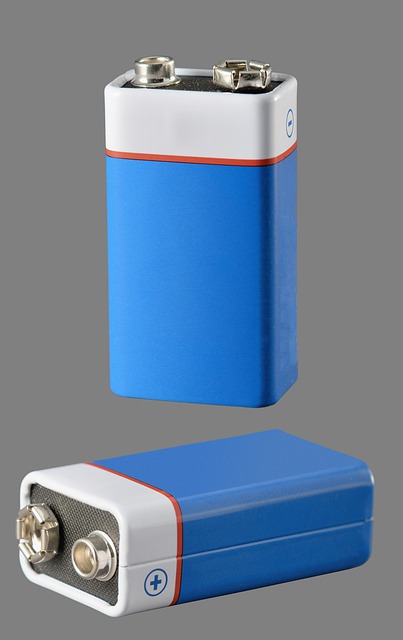The History & Development Of Batteries

Today, batteries are so incredibly ubiquitous that they are more or less invisible to us. Still, they are a remarkable invention whose history is long and storied and future equally exciting.
A battery is basically a device for storing chemical energy that’s converted into electricity. Batteries are essentially miniature chemical reactors whose reaction produces energetic electrons that are ready to flow through an external device.
Batteries have been around for the longest time. The Director of the Baghdad Museum found what we now refer to as the “Baghdad Battery” in the museum’s basement back in 1938. Analysis dated the battery around 250 BC and traced its origins to Mesopotamia.
Controversy still surrounds this earliest example of a battery, but the suggested uses include pain relief, electroplating, or a religious tingle.
Benjamin Franklin, the famous American inventor and scientist used the term “battery” for the first time back in 1749 when conducting experiments with electricity with a set of capacitors that were linked.
Alessandro Volta, the Italian physicist invented the first true battery in 1800. He stacked discs of copper (Cu) and zinc (Zn) separated by cloth soaked in salty water. Wires connected to either end of the stack produced a continuously stable current.
Each cell (a set of a Cu disc and Zn disc and the brine) produced 0.76 Volts (V). A multiple of this value is obtained given by the number of cells stacked together.
The lead-acid battery, which is one of the world’s most enduring batteries, was invented in 1859. It is actually still used to start the vast majority of today’s internal combustion engine vehicles. It is actually the oldest example of a rechargeable battery.
Today, batteries come in a wide range of sizes from tiny batteries such as those used in electronic watches to large Megawatt sizes that store power from substations or solar farms to guarantee a stable supply of electricity in entire islands or villages.
Batteries are based on different chemistries that generate basic cell voltages typically ranging between 1.0 and 3.6V. Stacking the cells in series helps to increase the voltage while connecting them in parallel enhances the supply of current. It is this principle that’s used for adding up to the required currents and voltages, all the way to the Megawatt sizes.
Now there’s much anticipation that battery technology is on the brink of taking another leap with the new models being developed that have enough capacity to store the power generated with domestic solar or wind systems and then power a home at more convenient (night) time for several days. If you are looking for ‘RBC17 battery‘ then see here.
How Do Batteries Work?
If a battery is discharged, some extra electrons are produced by the chemical reaction as the reaction occurs. The oxidation of iron to produce rust is an example of a reaction that produces electrons. Iron reacts with oxygen and produces iron oxide by giving up electrons to the oxygen.
The standard construction of a battery is to use two compounds or metals with different chemical potentials and separate them with a porous insulator. The chemical potential is the energy that’s stored in the bonds and atoms of the compounds that are then imparted to the moving electrons once these are allowed to move through the connected external device.
A conducting fluid such as a salt and water mixture is used for transferring the soluble ions from one metal to the other during the reaction and is known as the electrolyte.
The compound or metal that loses the electrons during discharge is known as the anode while the compound or metal that accepts the electrons is known as the cathode. The flow of electrons from the anode to the cathode via an external connection is what is used to run electronic devices.









